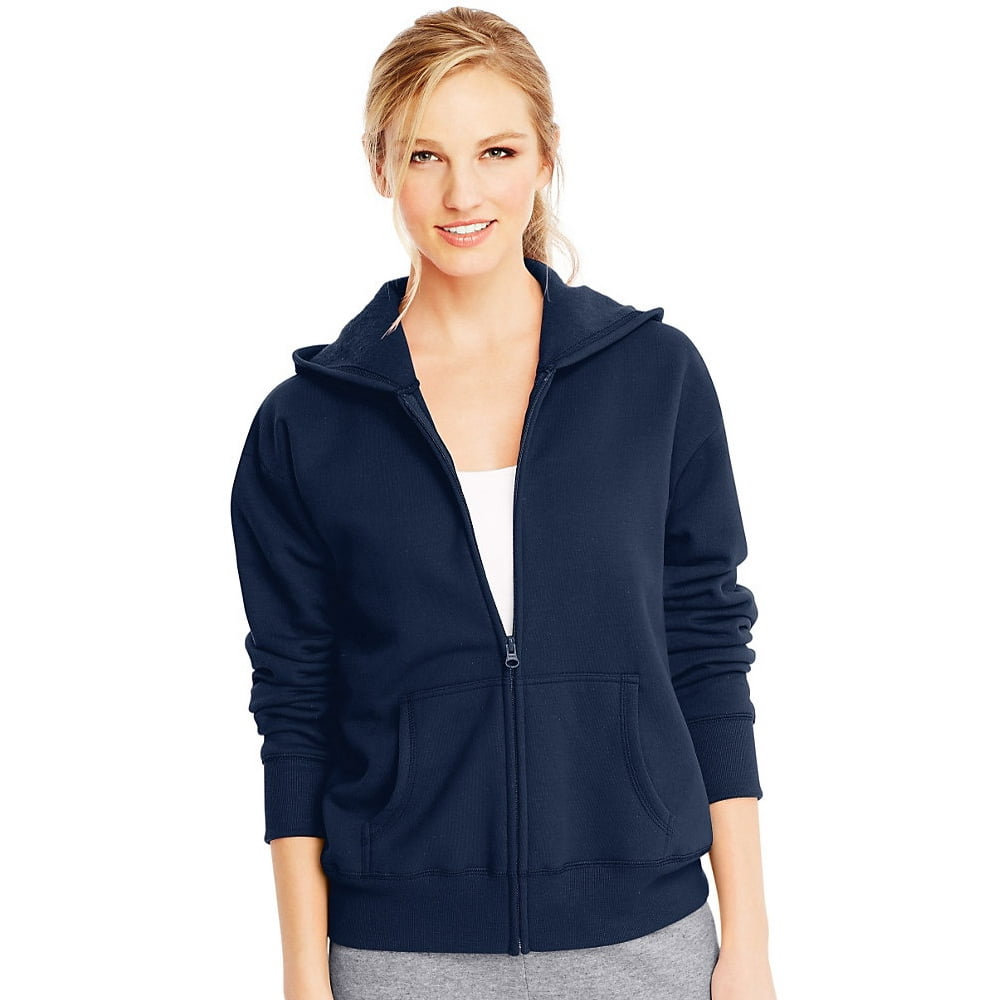Sweatshirts are long-sleeved, pullover tops that are constructed from thick cotton fabric. They are generally used for casual wear and are not as dressy as sweaters or cardigans. They do not usually have an or hood. If you're interested in buying a sweatshirt, here are some suggestions:
Norma Kamali spread the appeal of sweatshirts
Since the late 1970s and into the late '70s, Norma Kamali has transformed the simple sweatshirt into an art form. Her designs have become a staple in almost every woman's wardrobe. Her distinctive designs include tummy-tucking t-shirts to a crew neck to leather-paneled sweatshirts. She also has created clothes in unique designs, like a tank top with an extended trumpet skirt.
A partnership of the designers and the sweatshirt maker Everlast resulted in her Timeless line, which became a huge hit when it debuted in Spiegel's spring 2006 catalog. The collection featured interchangeable and convertible knits with classic designs and many of the pieces were priced under $20. Even even if sweat shirts wasn't sold in stores, buyers were able to find the items through eBay and Poshmark.
Merino wool sweatshirts tend to be more comfortable than sweatshirts made of soft wool.
Merino wool is known for its ability to wick moisture away that help keep you dry and comfortable. Merino wool is an organic fiber and also offers a more comfortable feel. It is also quick to dry in comparison to other natural material. Additionally, merino is a sustainable resource. Merino sheep shed their coats each year and grow new ones.
Merino's weight-to-heat ratio is high, and the warmth of wool makes it popular for sweatshirts. It aids in controlling the body's temperature because of its loft which naturally holds heat in the fibers. This is the reason Merino wool sweatshirt s work ideal for summer and outdoor activities such as mountain biking, hiking and running. The warmth they provide ensures that the wearer stays cool and dry, which is crucial for working out.
Zip-front hoodies have kangaroo pocket
Kangaroo pocket hoodies are a popular style of hoodies. They feature a big pocket on the front, that keeps your hands warm on chilly days. They are additionally more practical than conventional pockets because they permit the hands to slide in and out easily.
Kangaroo pockets are usually large enough to hold the wallet, or other small personal items. They're typically long enough to fit a small hand or even wide enough to fit two hands. They have wide openings on either side , and are ideal for carrying small objects.

French terry fabric is a popular fabric for sweatshirts .
The French Terry fabric is constructed of soft yarns knitted into loops and are usually mid-weight. It is also renowned for its ability to wick moisture and is pre-shrunk. French Terry is an excellent option for sweatshirts since it is warm when you need it and also keeps you cool when you need to cool down.
French terry is also popular for loungewear, since it has enough stretch and flexibility to feel comfortable when you touch your body. It also allows air to circulate throughout the fabric, which makes it perfect for layering under other clothing. In addition, because it's lighter than most sweatshirts you can wear it throughout the year without feeling too warm or cold.
Hoodies are classy and have a connotation of class.
Although it could appear that hoodies are an appropriate garment for working class people but the truth is that they are a symbol of class. Hoodies first became seen in the 70s New York, where graffiti artists would wear them to conceal their identities. In 1976, hoodies made their major film debut in "Rocky," when the working-class main character was seen wearing grey sweats that were hooded during his memorable climb up the steps of the Philadelphia Museum of Art.
Hoodies are often associated with death, destruction, and other undesirable things, and yet they can also be used for practical reasons. For instance, priests and monks might wear hoods in order to display respect and a sense of self-control.
